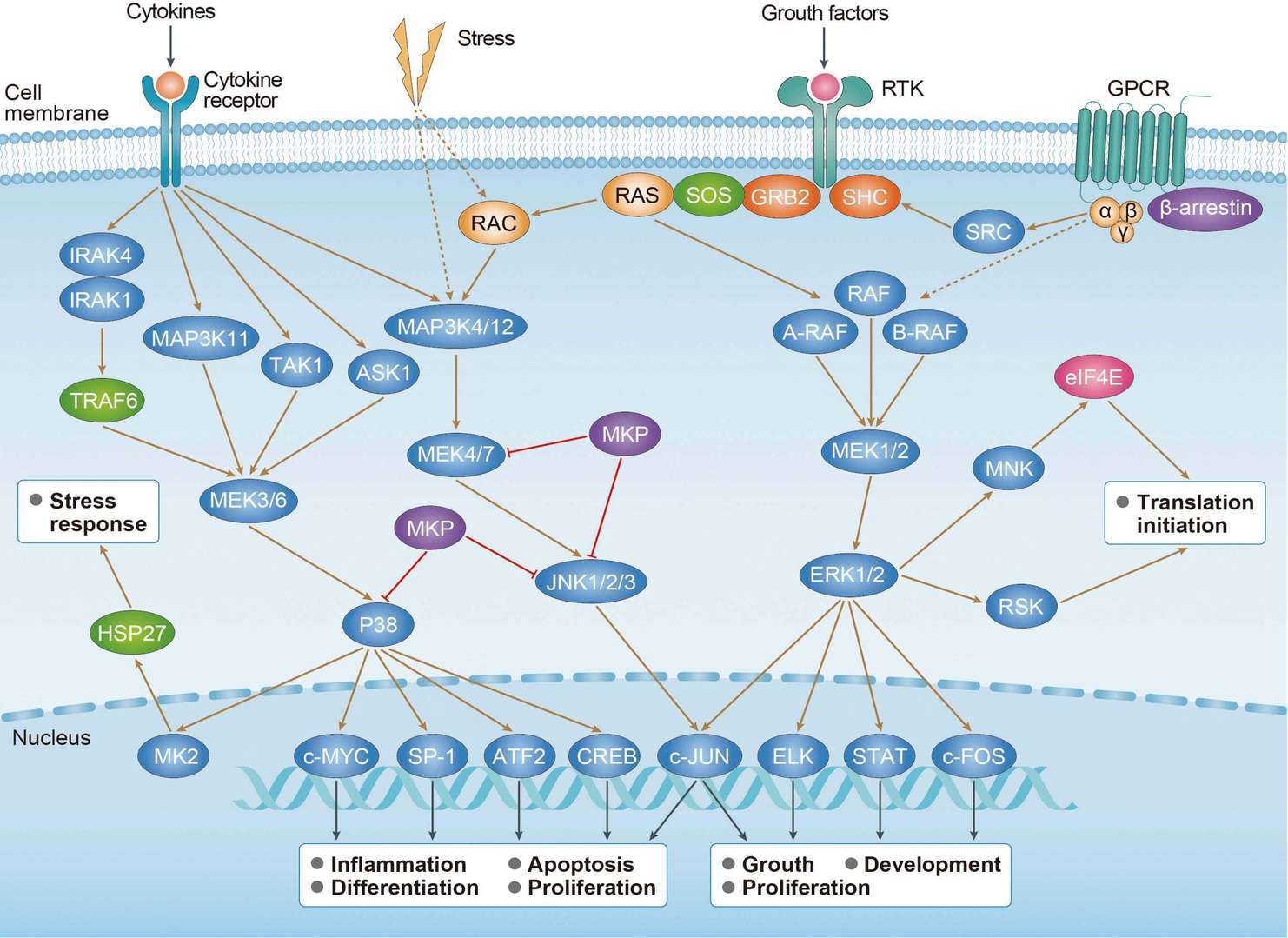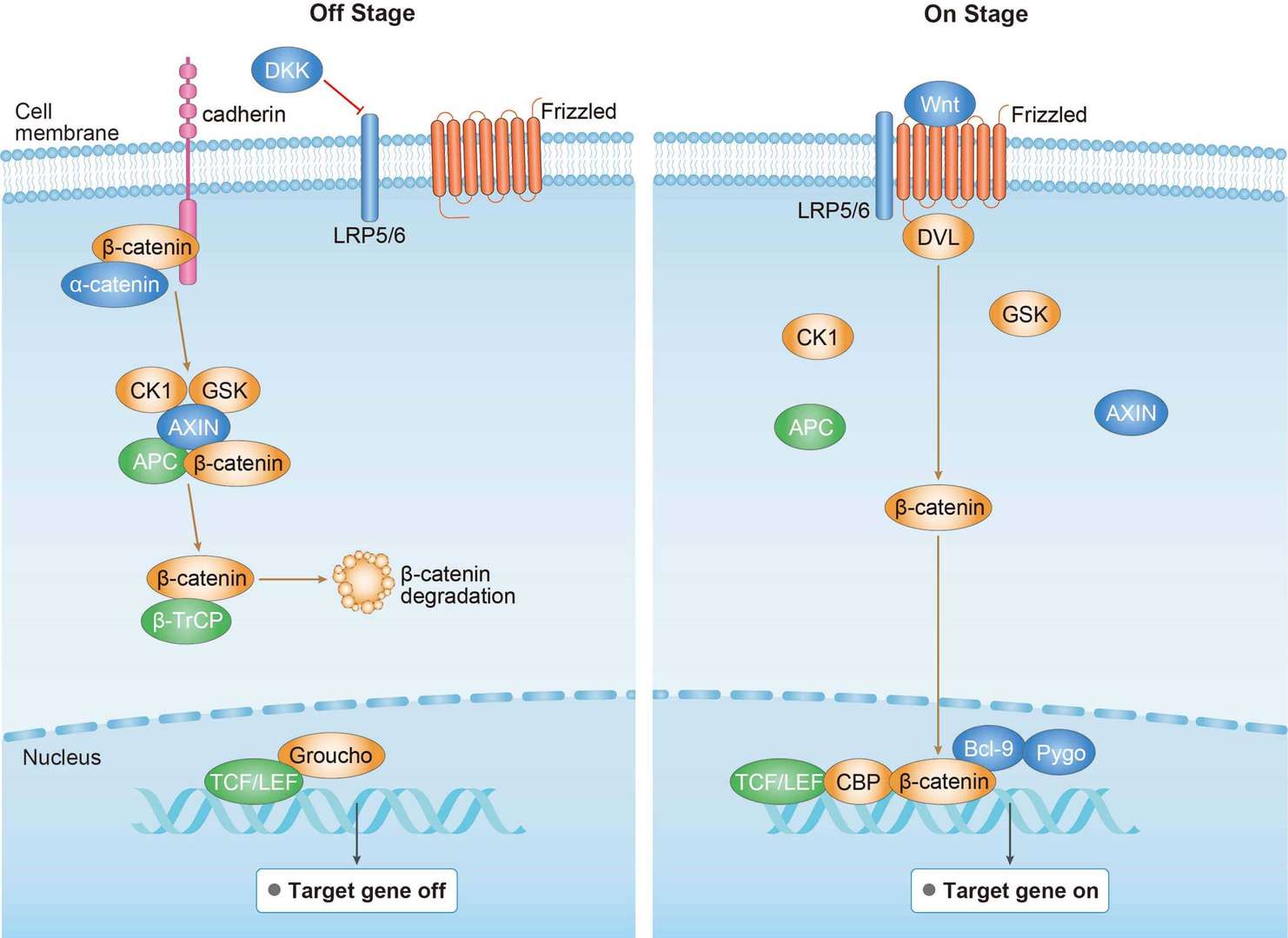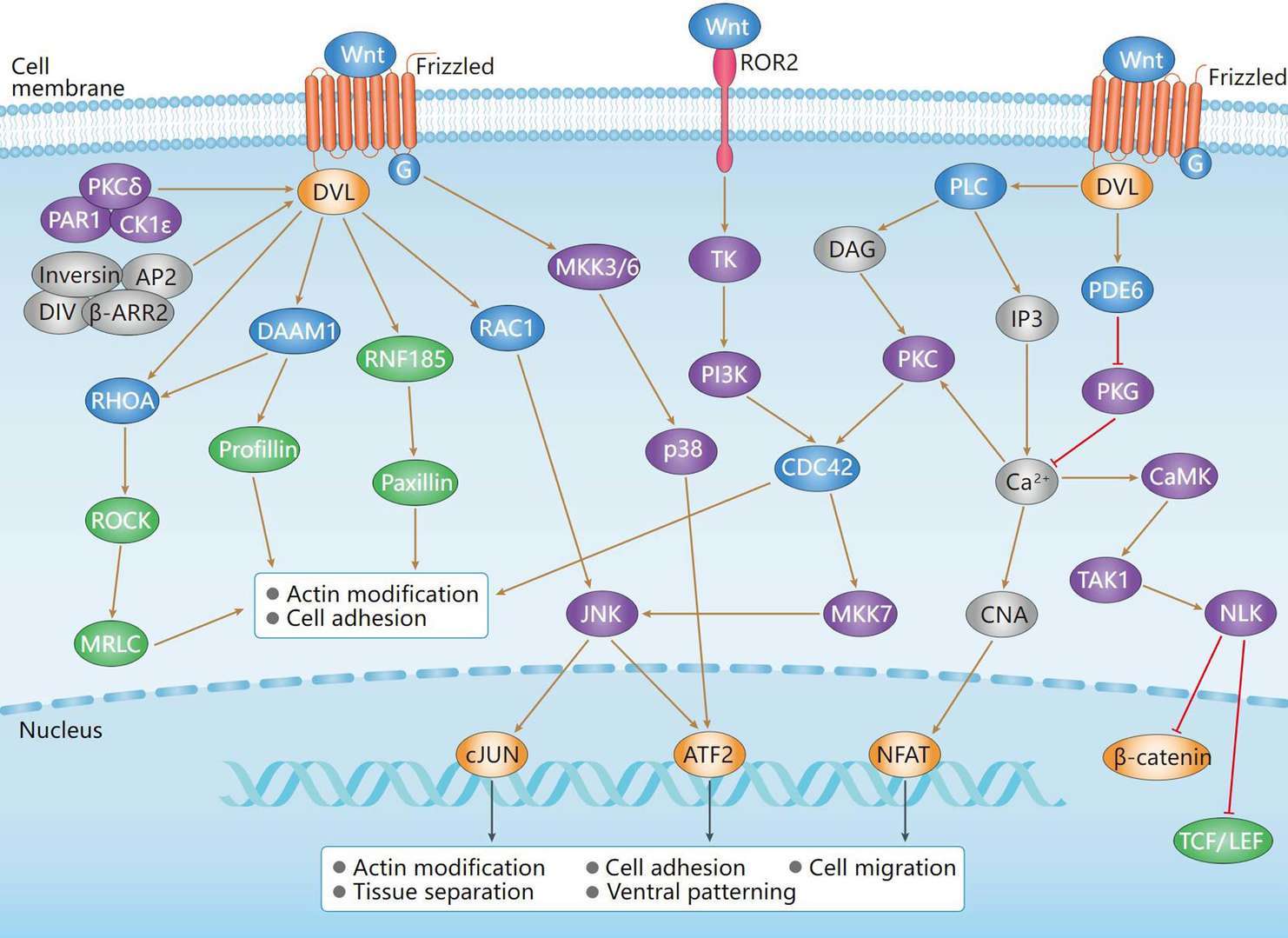 Loading...
Loading...

NFATC2
 Loading...
Loading...Anti-NFATC2 Products
-
- Species Reactivity: Human
- Type: Rabbit IgG
- Application: WB, IF, IHC, FC
-
- Derivation: Mouse
- Species Reactivity: Human
- Type: Mouse IgG1
- Application: WB, IHC, IP, ELISA, IF
-
- Species Reactivity: Human
- Application: IHC-P, GSA, ICC, IP, WB
-
- Derivation: Phage display library screening
- Species Reactivity: Human
- Type: IgG
- Application: WB
- Anti-NFATC2 Immunohistochemistry Kit (VS-0325-XY1488)
-
- Species Reactivity: Human, Mouse, Rat
- Target: NFATC2
- Application: IHC
-
- Species Reactivity: Human
- Type: Rabbit IgG
- Application: WB, ICC, IF, IHC-P, FC
- Anti-Human NFATC2 Immunohistochemistry Kit (VS-0525-XY4806)
-
- Species Reactivity: Human
- Target: NFATC2
- Application: IHC
Can't find the products you're looking for? Try to filter in the left sidebar.Filter By Tag
Our customer service representatives are available 24 hours a day, from Monday to Sunday. Contact Us
For Research Use Only. Not For Clinical Use.
Background
Cancer-related genes, Transcription factors
Intracellular
Cell type enhanced (Skeletal myocytes, NK-cells, Microglial cells, T-cells)
Low immune cell specificity
Cell line enhanced (HDLM-2, HMC-1, SK-MEL-30, WM-115)
Member of the multicomponent NFATC transcription complex that consists of at least two components, a pre-existing cytoplasmic component NFATC2 and an inducible nuclear component NFATC1. Other members such as NFATC4, NFATC3 or members of the activating protein-1 family, MAF, GATA4 and Cbp/p300 can also bind the complex. The phosphorylated form specifically interacts with XPO1; which mediates nuclear export. NFATC proteins bind to DNA as monomers. Interacts with NFATC2IP (By similarity). Interacts with FOXP3 (PubMed:15790681). Interacts with TBX21 ('Thr-303' phosphorylated form) (By similarity). Interacts with KAT2A (By similarity). Interacts with HOMER2 and HOMER3; this interaction competes with calcineurin/PPP3CA-binding and hence prevents NFATC2 dephosphorylation and activation (PubMed:18218901). Interacts with protein phosphatase PPP3CA/calcineurin A (PubMed:26248042).
Activator, DNA-binding


 cAMP Signaling Pathway
cAMP Signaling Pathway
 Canonical Wnt Signaling Pathway
Canonical Wnt Signaling Pathway
 Non-Canonical Wnt Signaling Pathway
Non-Canonical Wnt Signaling Pathway

